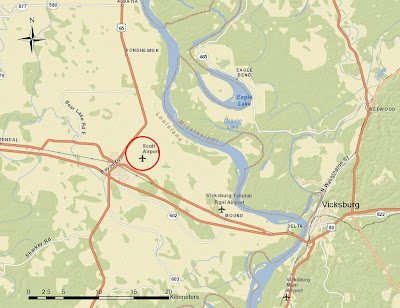
MODERN HOMES AT MODERATE PRICES THROUGH SWITZER
Something About Bungalows in First North Street
Within about four weeks, perhaps the first of the modern, moderate priced bungalows being constructed by Louis Switzer, First North Street, between Harrison and South will be completed and placed on the market.
Mr. Switzer is to build five of these houses--six room bungalows. Each home will include a living room, dining room and a kitchen, two bed rooms, bathroom, hall and sleeping porch.
There will be gas, electricity, water, and all the sanitary conveniences.
Mr. Switzer is planning to sell these homes for a price between $1,000 and $5,000, and he will sell on an easy payment basis.
Lumber for the houses is being secured by Mr. Switzer from his own mill at Oak Ridge, high grade poplar and gum being used for the framing.
Purchases Truck
For hauling the lumber from Oak Ridge to Vicksburg, Mr. Switzer has just purchased a truck. Owning his own sawmill and getting his lumber at cost will enable Mr. Switzer to build the new homes at a cheaper figure than would otherwise be the case.
"I am building these homes for the average man," Mr. Switzer said commenting on his plans. "Every man, of course, ought to own his own home, and I will make it possible for this average man to secure a cozy, comfortable home at a price that will be within his reach."
J.W. Sacks is the contractor building the bungalows for Mr. Switzer.
Mr. Switzer announces that his First North street bungalow proposition is to be something new in Vicksburg. It will be a complete "move in" affair. His new homes are to be completely furnished--furniture, fixtures, stove, everything set up ready for occupancy.
After a man buys one of these homes all he will have to do to feel at home is to enter the bungalow and hang up his hat.
(Digital images taken with a Panasonic G1 digital camera with a Lumix 14-45 mm lens.)







